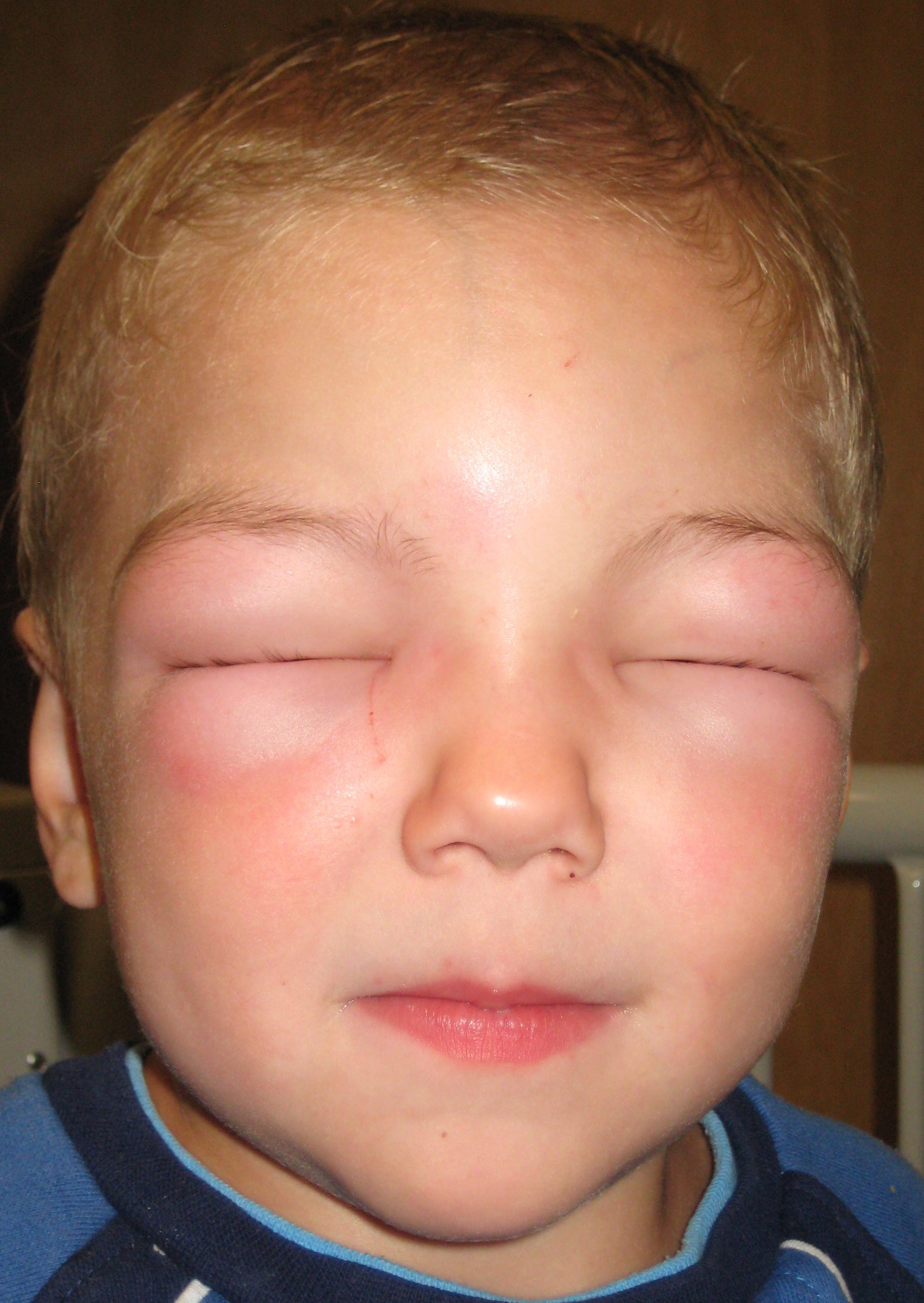A GUIDE ON ALLERGY STATISTICS
Allergies are a major cause of illness worldwide. Worldwide, the rise in prevalence of allergic diseases has continued in the industrialized world for more than 50 years. About one in four people have or will have some type of allergy at some time of their lives. There are literally hundreds of different causes of allergies. Allergy symptoms may vary from mild to serious and life threatening.
WHAT IS ALLERGY?

http://www.thebluediamondgallery.com/pictures/allergy.jpg
Allergy is a reaction of a person’s immune system to substances in the environment that are normally harmless. Those substances are called allergens and most common are: dust mites, pollen, pets, moulds, some foods and medicines. The tendency to develop allergy is inherited and is called atopy. When atopic people come to contact with an allergen they develop an immune reaction which leads to allergic inflammation. This inflammation can occur in almost all part of the body, but it usually affects nose and/or eyes (e.g. hay fever), skin (e.g. eczema) and lungs (e.g. asthma).
A substance that’s an allergen for one person may not cause a reaction in another atopic person. And everyone reacts differently, even to the same substance.
WHAT HAPPENS DURING AN ALLERGIC REACTION?
When an allergic person comes to contact with the particular substance, an allergic reaction occurs. The allergen enters the body which triggers the person’s antibodies to respond. Those antibodies are special cells and part of the immune system. Triggered antibodies then attach themselves to the other type of cells called mast cells, which as a response release histamine. Histamine is a substance that causes all the symptoms of an allergy – swelling, itching and redness.

https://upload.wikimedia.org/wikipedia/commons/e/e7/The_Allergy_Pathway.jpg
The most common causes of allergic reactions are:
- Grass and tree pollen – causing allergic rhinitis (hay fever)
- Dust mites
- Animal dander
- Some foods (usually nuts, shellfish, eggs, fruit, milk)
- Insect bites (wasps and bees)
- Some medications (ibuprofen, aspirin, antibiotics)
- Mould
- Latex (gloves and condoms)
- Household chemicals (detergents, hair dyes)
SYMPTOMS OF AN ALLERGIC REACTION
An allergic reaction usually happens very quickly after the first contact with the allergen. It only takes a few minutes for the first symptoms to occur.
Symptoms depend on the allergen and where it enters the body. For example, pollen is airborne, so you will have symptoms affecting your nose, eyes and throat (allergic rhinitis). Food are causing stomach and bowel problems, but also hives (urticaria). Some allergic reaction can even involve several different parts of the body at the same time.
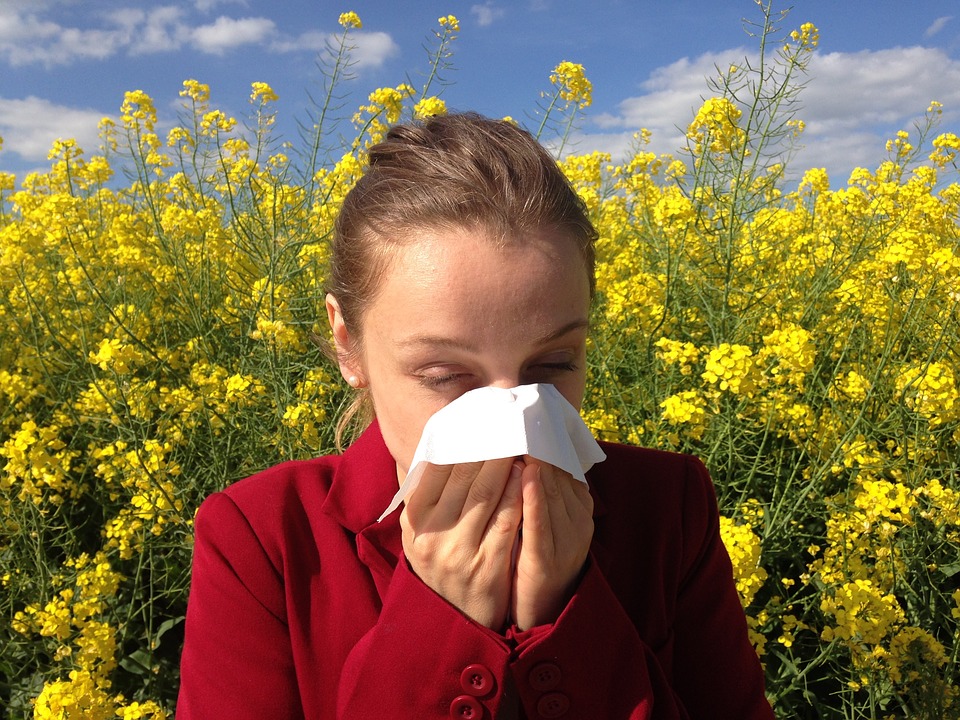
https://pixabay.com/p-1738191/?no_redirect
Most common allergic reactions are
- Hay fever (allergic rhinitis, conjunctivitis): sneezing, runny and blocked nose, red itchy and watery eyes, wheezing and coughing
- Asthma (allergic): breathing difficulties
- Stomach upsets: vomiting, diarrhoea and cramps
- Eczema (atopic dermatitis): itchy, dry and red skin
- Urticaria (hives): itchy bumps that look like insect bites
ANAPHYLACTIC SHOCK
Most reactions are mild to moderate, but some allergens can cause a severe reaction called anaphylaxis. It’s a life threatening condition that requires immediate medical help. A person in an anaphylactic shock needs to have a shot of epinephrine as soon as possible, which can reverse the symptoms within a few minutes. The first signs of anaphylaxis can look like a typical allergic reaction (e.g. hay fever), but within half an hour a person can develop more serious symptoms:
- Coughing, wheezing and difficulty breathing
- Dizziness, confusion and weakness
- Hives
- Rapid heartbeat
- Swollen and itchy throat and tongue, trouble breathing and swallowing
- Vomiting, diarrhoea and cramps
- Paleness and weak pulse
https://upload.wikimedia.org/wikipedia/commons/b/b9/Angioedema2010.JPG
A person who had an anaphylactic reaction has a higher risk of having another one. A good idea is to wear a wristband with information about the allergy, and to always have a dose or two of epinephrine at hand.
ALLERGIC RHINITIS
Allergic rhinitis is the most common type of allergic reaction, and it affects between 10 and 30% of population worldwide.
Allergens in this type of allergy are breathed in, and most common are: pollen, grass, dust mites, cigarette smoke and perfume. Pollen is the most common allergen in seasonal allergic rhinitis.
Symptoms include: stuffy and runny nose, sneezing, red and watery eyes (conjunctivitis), swollen eyelids, sore throat, dry cough, fatigue and headaches.
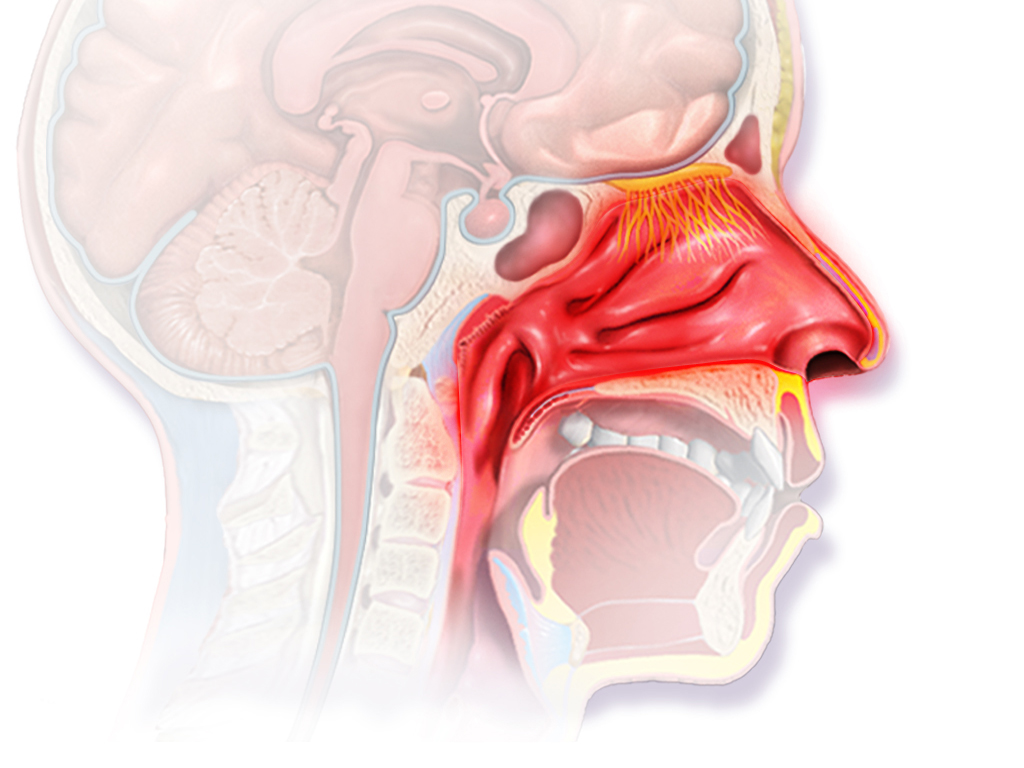
https://upload.wikimedia.org/wikipedia/commons/5/55/Blausen_0015_AllergicRhinitis.png
DRUG ALLERGY
Drug allergies affect around 10% of the world’s population and up to 20% of hospitalized patients. Drugs are responsible for up to 20% of fatalities due to anaphylactic shock.
Most common drugs that cause allergies are antibiotics (amoxicillin, penicillin, tetracycline…), NSAIL drugs (ibuprofen), aspirin, chemotherapy drugs, HIV drugs (abacavir, nevirapine) , sulfa drugs, insulin, antiseizure drugs (carbamazepine, lamotrigine, phenytoine), monoclonal antibody therapy (rituximab, cetuximab), and IV muscle relaxers (atracurium).
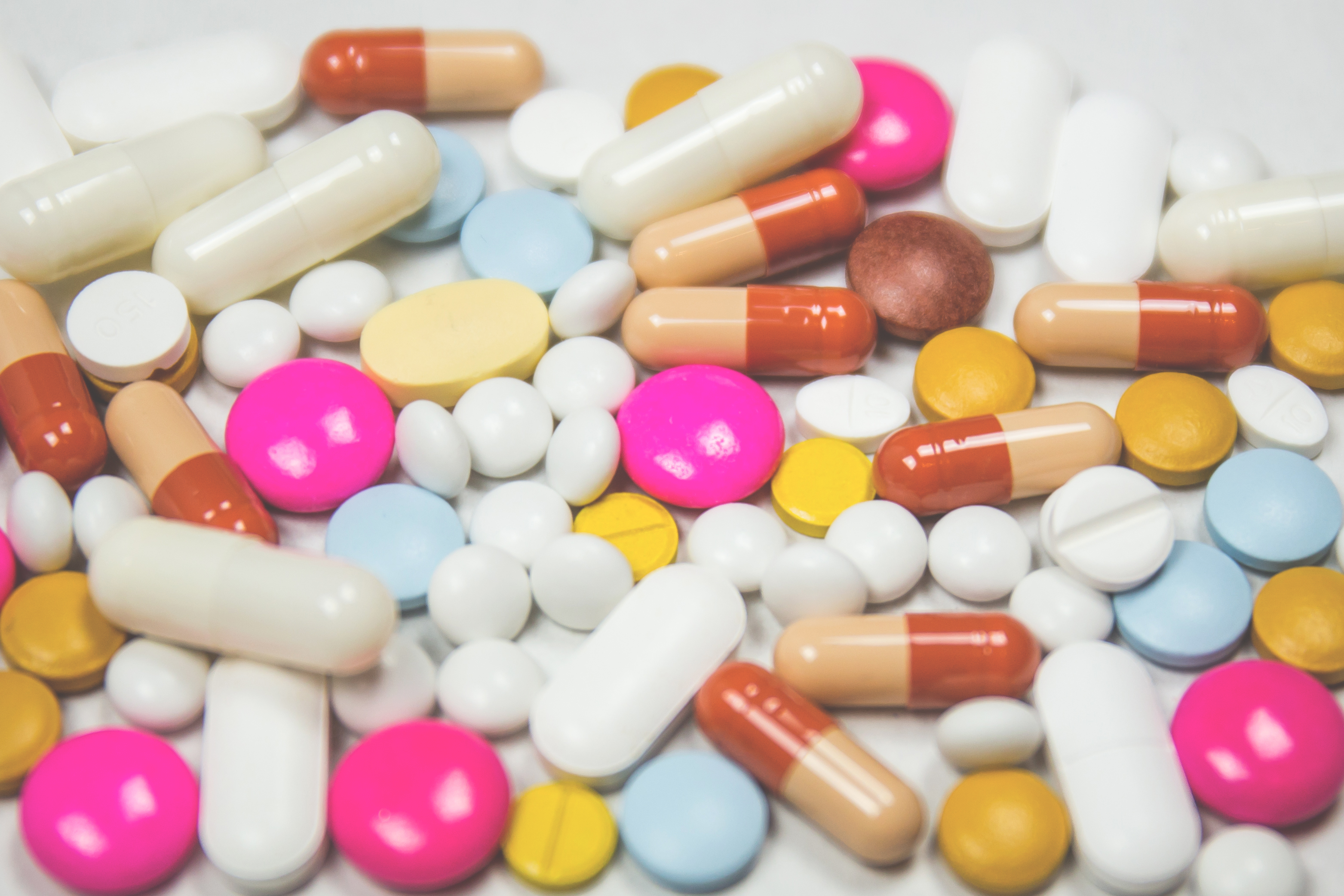
https://static.pexels.com/photos/143654/pexels-photo-143654.jpeg
The symptoms of drug allergies are may include: skin rash, hives, itching, fever, swelling, shortness of breath, wheezing, runny nose and itchy eyes. Drugs can even sometimes cause anaphylaxis. It’s important not to mistake an adverse reaction to a drug with drug allergy.
If you know that you’re allergic to a certain drug, always mention it to your doctor, and for times when you could be unconscious, it’s a good idea to wear a wristband with information about your allergy, as a message to the ER doctors and paramedics.
FOOD ALLERGY
Some new statistics indicate that 8% of children have a food allergy and around 40% had a history of severe reactions. 30% have multiple food allergies.
Most common foods that cause allergies are: peanuts, milk, shellfish, eggs, tree nuts, soy, wheat and fish. Every food packaging must contain a warning if it contains any of the mentioned allergens, even traces.

https://upload.wikimedia.org/wikipedia/commons/4/42/US_Allergen_Information_Example.jpg
Allergic reaction can happen within minutes, or it may happen hours later. Some symptoms can be mild like: hives or eczema, runny nose and sneezing, itchy mouth, weird taste in the mouth and upset stomach, but food like peanuts, shellfish and nuts can cause severe reactions: trouble breathing and swallowing, swollen lips, tongue and throat, dizziness, uneven heartbeat. Those food are the most prevalent allergens causing anaphylaxis.
It’s a good idea for children to wear wristband with the name of the food they’re allergic to, as a remainder what not to eat.
INSECT ALLERGY
Stings from insects like honeybees, hornets, wasps, yellow jackets and fire ants are known to cause allergic reactions to the venom that is injected into the skin.
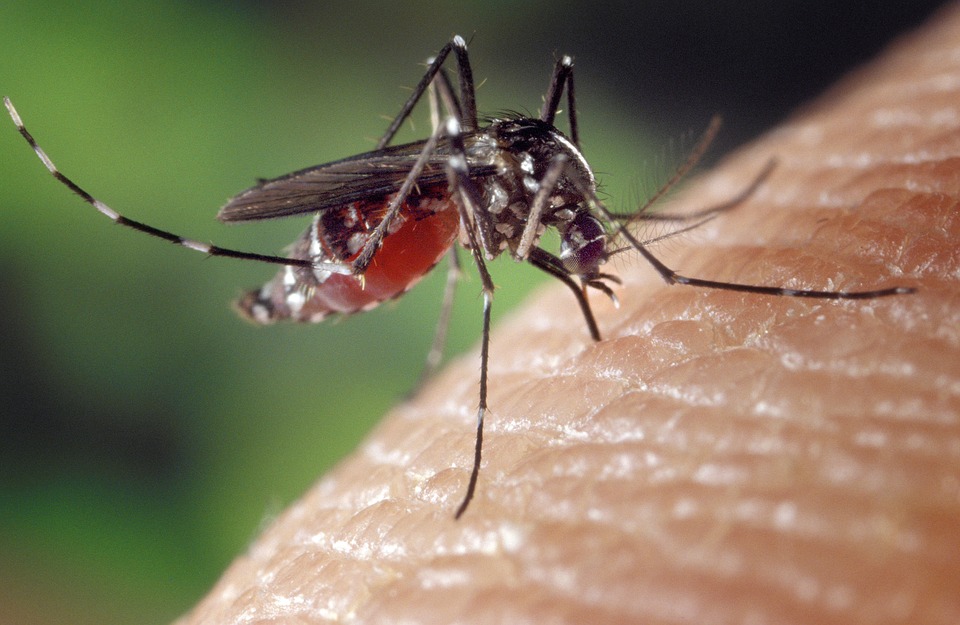
https://pixabay.com/p-1332382/?no_redirect
It’s important to recognize difference between normal reaction and allergic reaction to the bite. The reaction is usually seen only in the area of the bite as pain, redness, swelling and itching. Anaphylaxis rarely occurs, but up to 50% of people who experienced fatal reaction, there were no previous documented history of previous systemic reactions.
SKIN ALLERGY
20% of population had some type of skin reaction, like urticaria (hives). Rashes can be caused by many things: plants (poison ivy), drugs, food, bites.
Eczema (atopic dermatitis) is a condition characterized by severe itching and redness of the skin. It’s usually seen in atopic people (having sensitive skin), and is triggered by many things: dust mites, pet dander, soaps, detergents, lotions and creams.
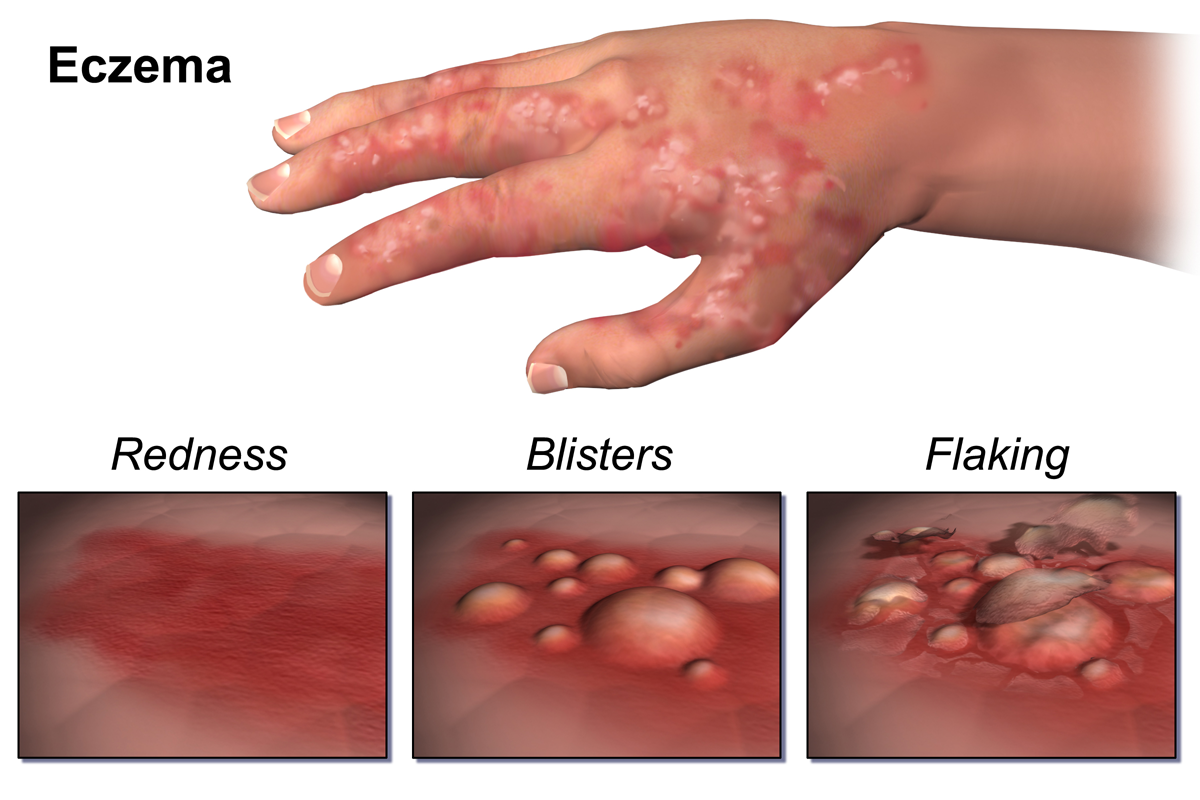
https://upload.wikimedia.org/wikipedia/commons/2/21/Eczema.png
Hives (acute urticaria) are red, itchy bumps that appear on the body as a reaction to an allergen. Most common triggers are: foods, medications, insect bites, cold or heat and latex.
Contact dermatitis is a reaction that occurs when the skin comes in contact with an irritant or an allergen. Symptoms can include: rash, blisters, itching and burning. It’s usually caused by soaps, laundry detergents, softeners, metals, nail polish, plants, topical medications and latex.
PREVENTION AND TREATMENT
The most effective way of preventing an allergic reaction is to avoid the allergen that causes it. So, the important first step is to do allergy testing like skin prick test, blood testing, patch test, elimination diet and challenge testing. When you know you’re allergic to some food, avoid it and always check the label on the food packaging to see if it contains even traces of it. If you’re allergic to insect bites, try to avoid places with insects and always wear longs sleeves and use insect repellent.
For allergies that are known to cause anaphylactic reaction, it’s a good idea to wear a wristband as an indicator and a warning to other people and paramedics.
Medication used for treating allergies are:
- Antihistamines
- Intranasal corticosteroid nasal sprays (INCS)
- Combination therapies (INCS and antihistamine)
- Medicated eye drops
- Adrenaline (epinephrine) – as a first aid treatment in anaphylactic shock, usually administered using an epinephrine auto-injector.

https://upload.wikimedia.org/wikipedia/commons/6/60/Epipen.jpg
Allergen immunotherapy (also known as desensitisation) is a long-term treatment which changes the immune system's response to allergens. It involves the administration of regular, gradually increasing amounts of allergen extracts, by injections or by sublingual tablets, sprays or drops.
Remember, allergy can affect medical decisions in an emergency (regarding drugs to be given, or latex). It’s very important to let people (doctors, paramedics) know. Wearing a medical wristband with a warning about your allergy can save your life! Create your allergy wristband here.
You can prevent an allergic reaction in case of emergency or support allergy prevention in several ways, starting with awareness. There are several institutions that allergy awareness with silicone wristbands. Silicone wristbands are a popular way to raise awareness about a number of causes. Create your custom wristband here and help raise awareness of this growing problem. Don’t be afraid to step up.
HELPFUL RESOURCES:
http://www.aaaai.org/conditions-and-treatments/allergies
http://www.nhs.uk/Conditions/Allergies/Pages/Introduction.aspx
https://www.food.gov.uk/science/allergy-intolerance
http://kidshealth.org/en/parents/allergy.html
https://www.webmd.com/allergies/default.htm
https://www.anaphylaxis.org.uk/hcp/what-is-anaphylaxis/signs-and-symptoms/

 Custom Printed Tyvek Paper Wristbands – Colour Print
Custom Printed Tyvek Paper Wristbands – Colour Print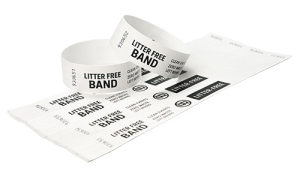 Litter Free Tyvek Wristbands
Litter Free Tyvek Wristbands Custom Printed Tyvek Paper Wristbands – Black Print
Custom Printed Tyvek Paper Wristbands – Black Print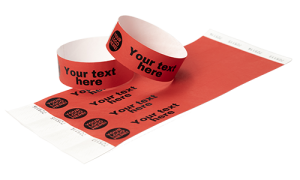 Wristbands With Variable Data
Wristbands With Variable Data Tyvek Paper Wristbands – Plain
Tyvek Paper Wristbands – Plain

 Edge to Edge Paper Wristbands
Edge to Edge Paper Wristbands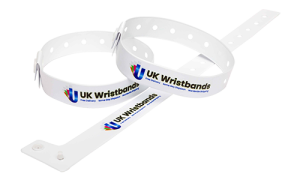 L-Shaped Express
L-Shaped Express Thermal Vinyl
Thermal Vinyl L-shape size
L-shape size Widefaces
Widefaces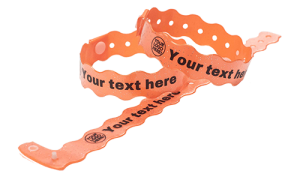 Wavy
Wavy LShape with a tag
LShape with a tag Tabed
Tabed Plain
Plain Fabric Wristbands
Fabric Wristbands Fabric Wristbands 100% Recycled RPET
Fabric Wristbands 100% Recycled RPET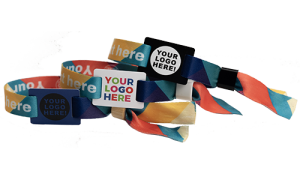 Fabric Wristbands with PVC Tag
Fabric Wristbands with PVC Tag Fabric Wristbands with Holes & Clips
Fabric Wristbands with Holes & Clips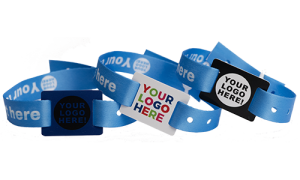 Fabric Wristbands with PVC Tag Holes & Clips
Fabric Wristbands with PVC Tag Holes & Clips Woven Fabric
Woven Fabric Biodegradable Bamboo Fabric
Biodegradable Bamboo Fabric Printed Silicone Wristbands
Printed Silicone Wristbands Plain Silicone Wristbands
Plain Silicone Wristbands Embossed Silicone Wristbands
Embossed Silicone Wristbands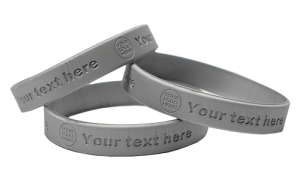 Debossed Silicone Wristbands
Debossed Silicone Wristbands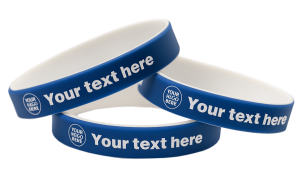 Dual Layer Silicone Wristbands
Dual Layer Silicone Wristbands Engraved Metal Plate Silicone Wristbands
Engraved Metal Plate Silicone Wristbands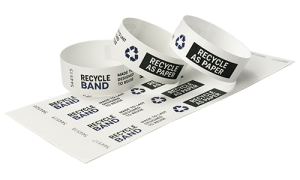 Custom Printed Recycle Band Wristbands
Custom Printed Recycle Band Wristbands Plain Seeded Paper Wristbands
Plain Seeded Paper Wristbands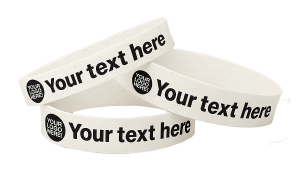 Custom Printed Seeded Paper Wristbands
Custom Printed Seeded Paper Wristbands